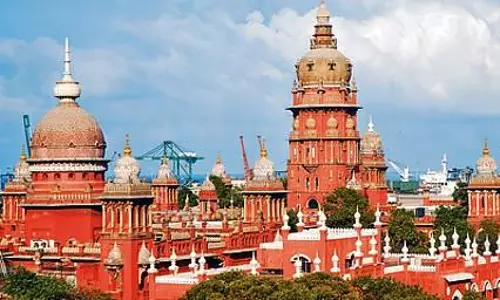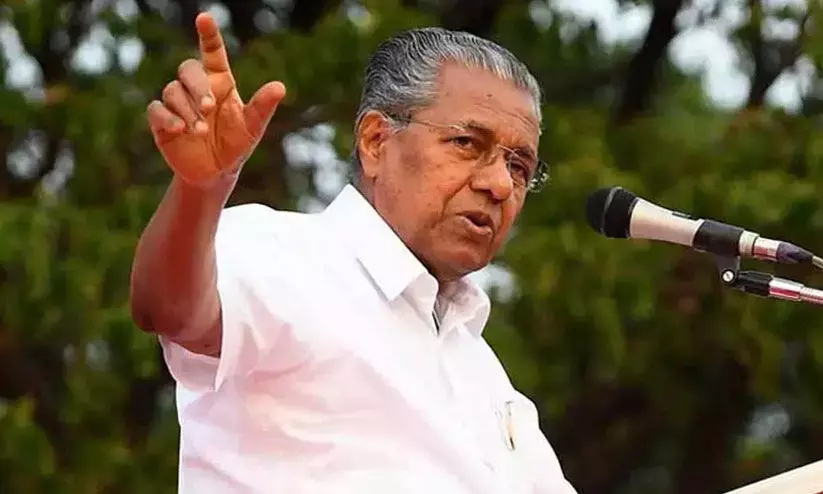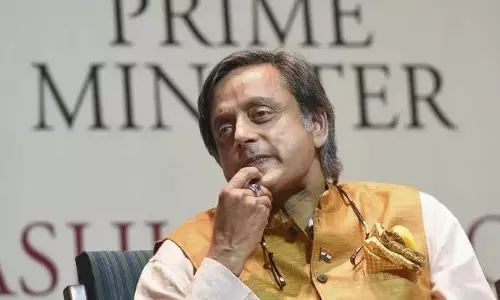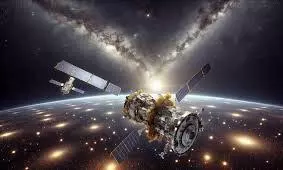
India achieves historic space docking milestone with SpaDeX mission
text_fieldsIndia's Space Research Organisation (ISRO) has successfully demonstrated a groundbreaking space docking experiment, known as SpaDeX, involving two satellites orbiting 500 km above Earth at a speed of 28,800 kmph.
This achievement makes India the fourth nation, after the United States, Russia, and China, to master this sophisticated technology.
The SpaDeX mission, which began in December, involves two satellites performing intricate and coordinated flight patterns resembling a dance, where they move with precision without touching each other. These maneuvers occur approximately every 90 minutes.
On January 16, ISRO achieved the first docking of the twin satellites - one acting as a 'chaser' and the other as a 'target.' The successful undocking, or de-docking, was completed on March 13 after waiting for the optimal positioning of the Sun.
What makes this accomplishment even more remarkable is that India achieved it on its maiden attempt using the indigenous Bharatiya Docking System, with a mission cost of under Rs 300 crore. This continues ISRO’s legacy of executing high-value missions at remarkably low costs.
However, ISRO Chief Dr. V Narayanan acknowledged that one of the key objectives of the SpaDeX mission - transferring electrical power between the two satellites - was not completed during the initial docking attempt due to a suspected minor misalignment of power transfer ports. This experiment is expected to be attempted again in May, with sufficient fuel still available on the satellites.
The primary aim of the SpaDeX mission is to develop and demonstrate technologies required for rendezvous and docking operations between two small spacecraft. Additionally, the mission seeks to demonstrate control in the docked condition, a capability essential for extending the operational life of spacecraft.
Beyond docking, ISRO intends to conduct post-docking activities where the satellites will operate payloads independently, showcasing the potential for advanced mission applications.
The successful docking attempt was lauded by Prime Minister Narendra Modi, who congratulated ISRO scientists and highlighted the significance of this milestone for India's future space ambitions.
Science Minister Dr. Jitendra Singh also expressed his excitement, stating, “SpaDeX has accomplished the unbelievable... and it is all indigenous.”
The successful demonstration of SpaDeX is expected to pave the way for India’s ambitious future projects, including the Bharatiya Antariksha Station (a planned modular space station), Chandrayaan 4 (a lunar sample return mission slated for 2027), and Gaganyaan (India's first crewed spaceflight mission).























